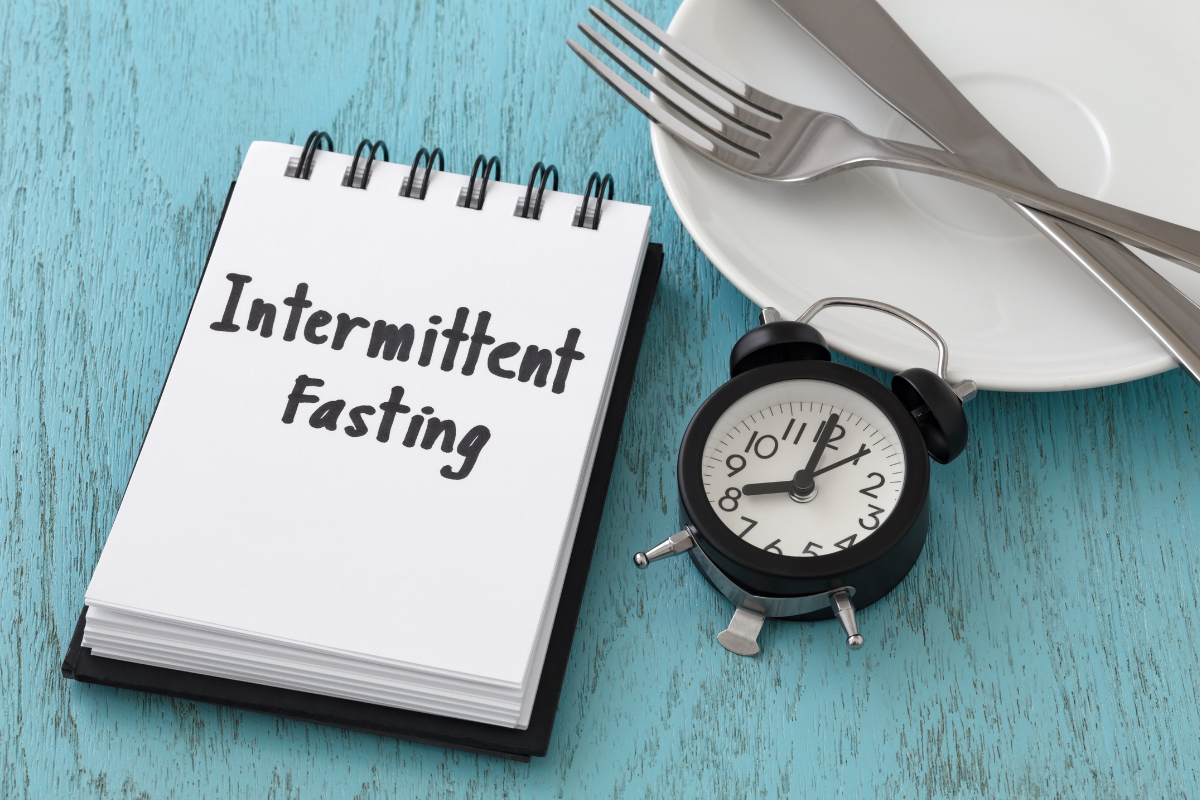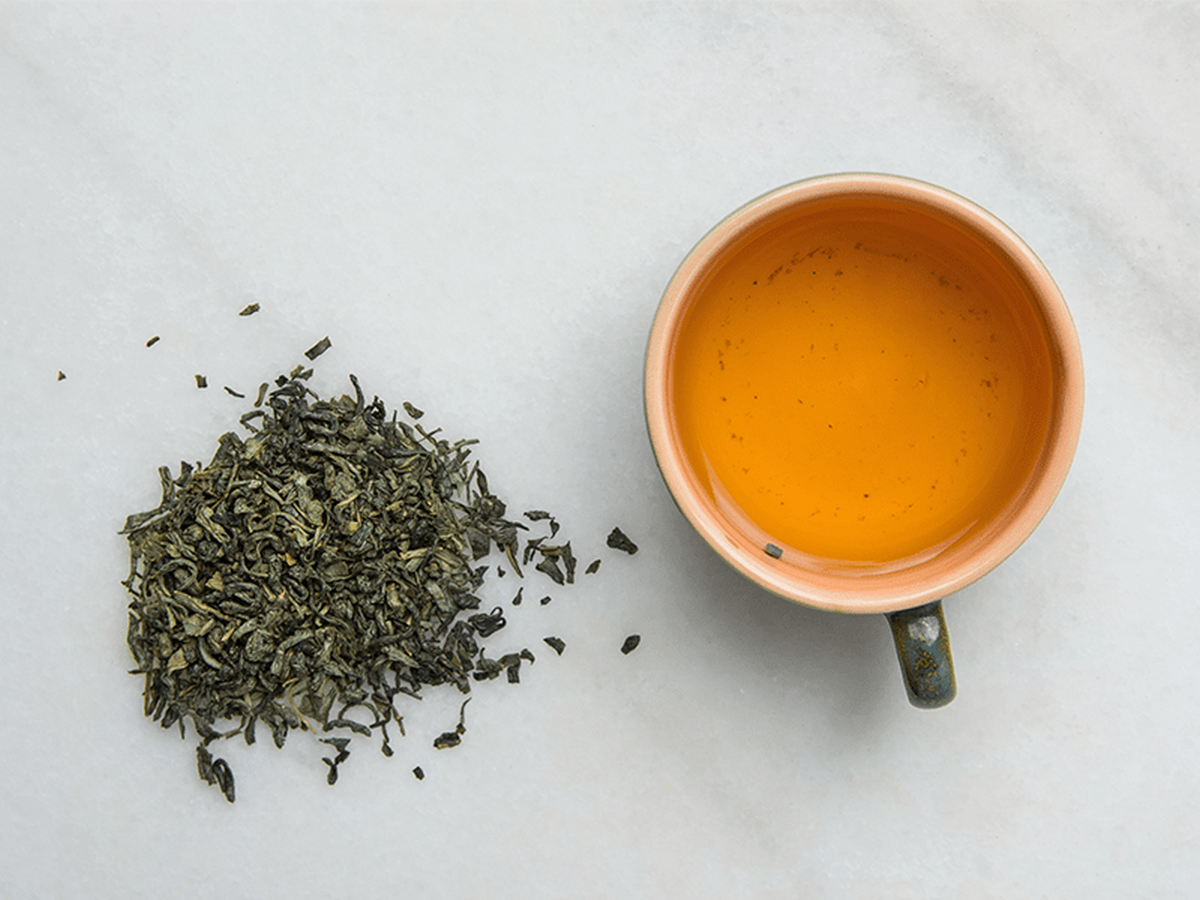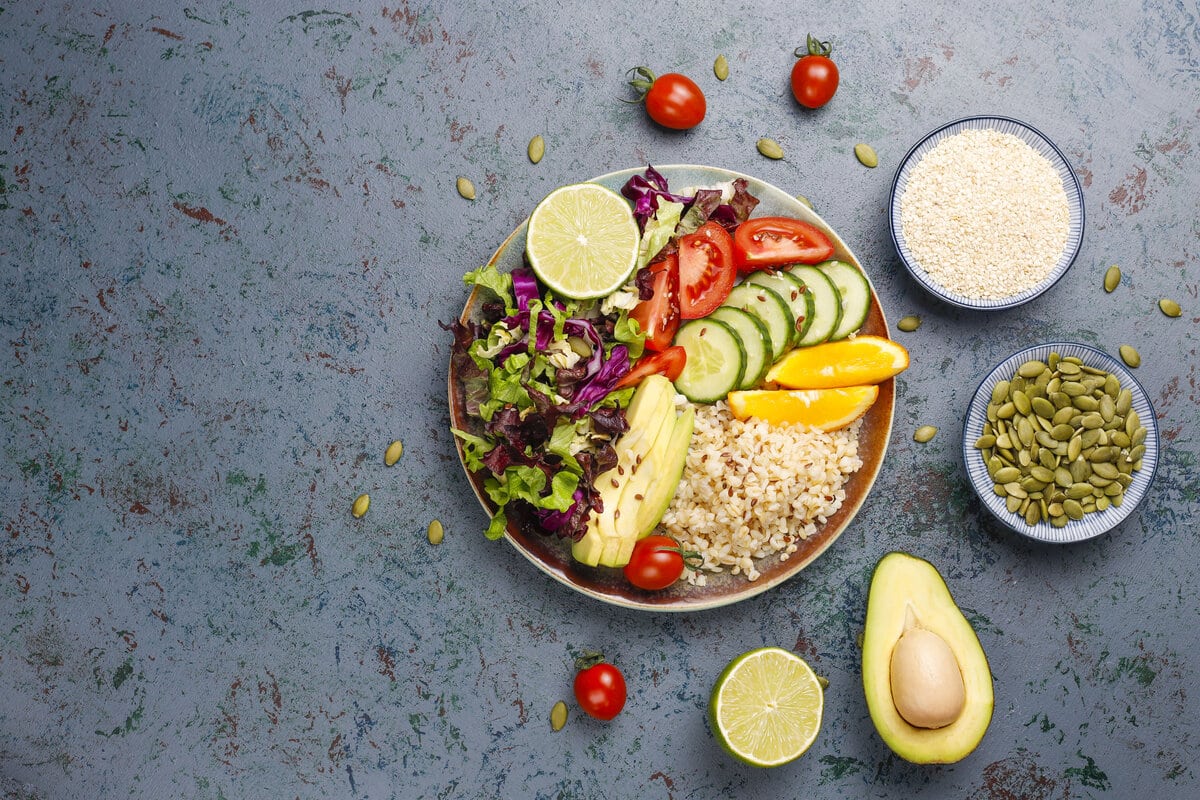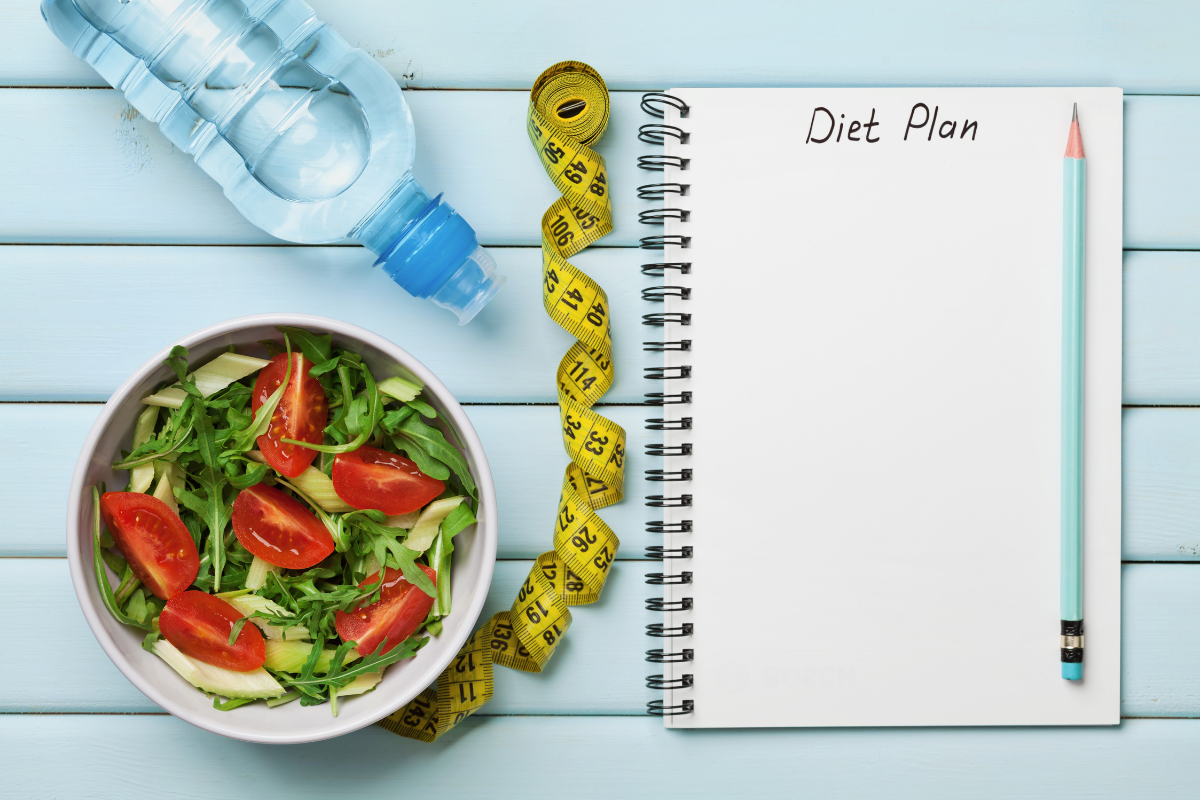Intermittent fasting, how effective is in weight loss?

Do you want to lose weight and wonder if you need to fast or follow a balanced diet plan? Intermittent fasting (IF) is one of the most popular trends in the world. It is also known as a 16:8 or 5:2 diet and is a relatively “modern” diet. But how effective is IF in weight loss and does it outweigh a balanced diet? Is this diet as healthy as it is considered?
Table of Contents
What is intermittent fasting?
The term intermittent fasting refers to the abstinence or limited consumption of food and drink for certain hours, up to days. It is, basically, a dietary pattern that alternates feeding periods, without any calorie restriction, with periods of fasting where either nothing is consumed or very few calories are consumed during the day (1/4 of the daily calories). [1]
It is used for weight loss and body composition change, as well as for the wider improvement of health through certain indicators and biochemical parameters that we will see in more detail below. [1]
What types of intermittent fasting are there?
There are various protocols for intermittent fasting, such as fasting on alternating days, fasting all day, or time-limited feeding. The most popular methods are: [2]
Intermittent fasting 16/8 or method of limited feeding time
This is a restriction of diet periods to a predetermined period of 8 hours during the day, for example from 13:00 to 21:00. The remaining 16 hours of the day, strict fasting is applied. You can repeat this cycle as often as you want – from once or twice a week to every day, depending on your preferences and needs.
While other diets often set strict rules, the IF 16/8 is easy to follow and can offer measurable results with minimal changes to your diet.
It is generally considered to be the least restrictive and flexible diet program out of many other diets and is easily adapted to most lifestyles.
Diet plan
The most prevalent “time windows” of the 16/8 break fast include: [9]
- 7 a.m. until 3 p.m.
- 9 a.m. until 5 p.m.
- 12 pm. until 8 p.m.
- 2 p.m. until 10 p.m.
Many people prefer to eat from noon to 8 pm, as then, it remains only to fast at night and skip breakfast. Others choose to eat between 9 a.m. and 5 p.m., which gives plenty of time for a healthy breakfast around 9 a.m., a typical lunch and a light lunch around 4.30 p.m.
Dietary benefits of 16/8
- Weight loss: A systematic review found that 11 of the 13 studies on intermittent fasting found statistically significant weight loss in participants. [7]
- Blood sugar control: 16/8 intermittent fasting has been shown to lower fasting insulin and blood sugar levels, potentially reducing the risk of type II diabetes. [8]
Intermittent fasting on alternating days
Switching between days, without restriction in food consumption, with days consisting of one meal, which provides about 25% of the daily energy needs (~ 400-600 calories). [10]
The number of fasting days may vary from program to program.
Diet plan
On fasting days, you are allowed to consume as many calorie-free fluids as you wish. For example: [10]
- water
- coffee without sugar
- tea without sugar
There are no strict guidelines on what to eat and drink on fasting days. However, make sure you include high-protein foods and vegetables in your diet, as well as low-calorie drinks.
Benefits of “fasting on alternating days” [10]
- Weight Loss: Studies in overweight and obese adults have found that this type can reduce weight by up to 3-8% in 2-12 weeks.
- Achieving satiety: Animal studies have shown that fasting on alternating days results in reduced amounts of hormones that cause hunger and increased amounts of satiety hormones compared to other diets.
- Prevention of Type II Diabetes: It has been found to reduce the risk factors for type 2 diabetes. It may also lower fasting insulin levels in people with prediabetes.
- Cardiovascular health: Alternating fasting can reduce waist circumference, blood pressure, LDL- “bad” cholesterol and triglycerides.
Intermittent fasting 5: 2 or fasting all day
This method contains food without restriction most days of the week and great energy restriction or complete abstinence from food 1-2 days a week. The 5: 2 protocol supports fasting two non-consecutive days of the week with the consumption of about 25% of the daily energy needs (500 calories for women and 600 for men) and the remaining 5 days of food without restrictions. [11]
Diet plan
There is no rule about what and when we should eat on fasting days. Some people find it best to start the day with a small breakfast, while others find it best to start eating as late as possible.
In general, there are two meal patterns that people follow: [11]
- Three small meals: Usually breakfast, lunch and dinner.
- Two slightly larger meals: Lunch only and dinner only.
Since calorie intake is limited – 500 calories for women and 600 calories for men – it makes sense to calculate the calories you consume at each meal.
Try to focus on nutritious foods high in fiber and protein, which will make you feel full, without consuming a lot of calories. Soups are a great choice on fasting days. Studies have shown that they achieve a feeling of fullness relatively easily.
Benefits of intermittent fasting 5: 2
- Weight Loss: If you need to lose weight, a 5: 2 diet can be very effective when done right. This is relatively easy to achieve as you consume far fewer calories. A recent review found that fasting 5: 2 resulted in 3-8% weight loss over 3-24 weeks.
In the same study, participants lost 4-7% of their fat waist circumference. [11]
Eat Stop Eat
“Eat Stop Eat” is an IF type, in which you abstain from food for 24 hours, once or twice a week.
Diet plan [16]
Just choose one or two non-consecutive days a week on which you abstain from food — or fast — for a full 24 hours. For the remaining 5-6 days of the week you can eat freely, but it is recommended to make sensible dietary choices and avoid consuming more than your body needs.
For example, if you fast from 9 a.m. Tuesday to 9 a.m. Wednesday, make sure you eat a meal before 9 a.m. Tuesday. Your next meal will be after 9am on Wednesday. This way you ensure that you are fasting for a full 24 hours – but no longer.
Keep in mind that even on “Eat Stop Eat” fasting days, proper hydration is the number one tip. Drinking plenty of water is the best option, however you are allowed other types of low-calorie drinks, such as coffee or tea without sugar and without artificial sweeteners.
Benefits of “Eat Stop Eat” fasting
- Weight Loss: Periodic, prolonged fasting, using the “Eat Stop Eat”, can enhance weight loss efforts for some people, by reducing calorie intake and changes in metabolism. [17]
Intermittent fasting of the warrior
This diet revolves around periods of 20 hours of overeating, followed by periods of 4 hours of overeating. [12] Warriors diet is based on the dietary standards of the ancient warriors, who ate a little during the day and then ate and had fun at night.
Diet plan [12]
During the 20-hour fasting period, it is recommended to consume small amounts of dairy products, boiled eggs and raw fruits and vegetables, as well as plenty of calorie-free fluids. After 20 hours, you can consume any food you desire within a four-hour “overeating window”.
However, unprocessed, healthy and organic foods are recommended.
Benefits of a Warrior Interval Diet
- Weight Loss: In a study that implemented this fast, it was found that people who ate their meals during the day for 4 hours at night, experienced greater weight loss than those who consumed the same amount of calories, divided into meals during the day. [13]
- Improved brain function: Other animal studies have shown that a warrior’s intermittent fasting has a protective effect against Alzheimer’s disease. In particular, it reduces inflammatory markers, such as interleukin 6 (IL-6) and tumor necrosis factor alpha (TNF-α), which can adversely affect memory and learning. [14]
- Reducing Inflammation: Several studies suggest that this type can be an effective way to reduce inflammation in your body. A study of 50 people found that those who fasted for the Muslim holiday of Ramadan had significantly lower levels of inflammatory markers IL-6, C-reactive protein (CRP) and homocysteine, compared with those who did not fast. [15]
Is There A Benefit To Weight Loss With Intermittent Fasting?
Proponents of IF believe that the stress caused by this dietary pattern leads to an immune response that contributes to cell renewal and has positive changes in many indicators and parameters, e.g. reduction in triglycerides, LDL cholesterol, blood pressure, insulin resistance, fasting glucose, weight, fat mass etc.
As mentioned above, it can also help you lose points and belly fat without having to consciously limit your calories.
A systematic review of 40 studies found that IF was as effective in weight loss as a typical weight loss plan. Specifically, in terms of body weight and body composition (fat, lean mass), there was no significant difference in the rate of weight loss between intermittent fasting and a standard diet. Regarding dieters, the review did not find that intermittent fasting had a lower abandonment rate and was therefore not necessarily easier to implement than other weight loss approaches, and there was also no difference in participants’ appetite.
What are the general benefits of intermittent fasting?
In a more specific context, the main benefits of IF are: [1] [2]
- Improving insulin resistance: Intermittent fasting can reduce insulin resistance by lowering blood sugar by 3-6% and fasting insulin levels by 20-31%. In this way it protects against the occurrence of type II diabetes.
- Reduction of inflammation: Some studies show reductions in inflammation markers, a key factor in many chronic diseases.
- Heart health: This type of fasting can lower ‘bad’ LDL cholesterol, blood triglycerides, inflammatory markers, blood sugar and insulin resistance – risk factors for heart disease.
- Brain health: Intermittent fasting increases the brain hormone BDNF and can promote the growth of new nerve cells. It can also protect against Alzheimer’s disease.
Keep in mind that research is still in its infancy. Many of the studies were small, short-term, or performed on experimental animals. Many questions remain to be answered from studies conducted at the clinical level in humans.
Who should avoid the intermittent fasting model?
A concern for those who follow the intermittent fasting model is whether there would be overeating on non-fasting days and thus offset of the calories lost during fasting.
The intermittent fasting diet is difficult for someone who is accustomed to eating every few hours and having snacks between meals, while not promoting nutrition education. Although the objective benefits of dieting seem to be the same, nutrition education can not be substituted as it is essential for maintaining weight loss.
Some people, whether because of their medical history or medication, are required to eat without extreme restrictions or at regular intervals and should not follow the pattern of IF.
Similar situations are people who suffer from or are in: [1]
- Diabetes
- Eating Disorders that include unhealthy self-restraint (Anorexia Or Bulimia Nervosa)
- Use of medications that require food intake
- Active stage of development, such as childhood and puberty
- Pregnancy or breast-feeding
Useful tips
It can be difficult to stay on a break fasting program. The following tips can help people stay on track and maximize the benefits of fasting: [3]
- Stay hydrated. Drink plenty of water and low-calorie beverages, such as herbal teas, throughout the day.
- Avoid eating temptations. Plan lots of distractions on fasting days to avoid thinking about food, such as exercising or watching a movie.
- Rest. Avoid strenuous activity on fasting days, although light exercise such as yoga can be beneficial.
- Get the “right” calories. If the chosen program allows for few calories during fasting periods, choose foods with nutrients that are rich in protein, fiber and healthy fats. For example beans, lentils, eggs, fish, nuts and avocados.
- Eat large meals. Choose hearty, low-calorie, high-water foods such as raw vegetables, fruits (eg watermelon), etc.
- Improve the taste without calories. Season meals with garlic, herbs, spices or vinegar. These ingredients are extremely low in calories, but give a strong flavor, which can help reduce the feeling of hunger. In addition, they have many health benefits.
- Choose foods rich in nutrients after the fasting period. Eating foods high in fiber, vitamins, minerals and other nutrients helps maintain blood sugar levels and prevent nutrient deficiencies. A balanced diet will also contribute to weight loss and overall health.
Side effects of intermittent fasting
When experiencing intermittent fasting for the first time, one of the first things you will notice – in addition to feeling hungrier – is the psychological transitions. In addition to the initial increase in hunger, fasting can have side effects such as headaches, constipation, fatigue, sleep disturbances and irritability. [4] [6]
In particular, irritability and stress are classic symptoms of low blood sugar. This is a classic bodily response to fasting or calorie restriction. [5] However, like hunger, your emotional transition is another side effect of intermittent fasting that will improve with time and exercise.
In conclusion
Weight loss will be followed by fatigue and constant tiredness. The method of intermittent fasting is no less and no more beneficial than conventional weight loss diets. It may seem easier to some people to be disciplined on certain days of the week, without daily dietary restrictions, however this protocol does not include nutrition education.
Whichever diet you follow to lose excess fat in order to maintain a new body weight, you should change your lifestyle and adopt a balanced diet, including elementary exercise in your program.
Fiand at Vita4you.gr great variety in slimming products!
Bibliography
- Intermittent Fasting: What is it, and how does it work?
- Intermittent Fasting 101 — The Ultimate Beginner’s Guide
- Seven Ways to do Intermittent Fasting
- Safety, health improvement and well-being during a 4 to 21-day fasting period in an observational study including 1422 subjects
- Time-restricted feeding plus resistance training in active females: a randomized trial
- Health Effects of Alternate-Day Fasting in Adults: A Systematic Review and Meta-Analysis
- Intermittent energy restriction improves weight loss efficiency in obese men: the MATADOR study
- Intermittent fasting: is there a role in the treatment of diabetes? A review of the literature and guide for primary care physicians
- What Is 16/8 Intermittent Fasting? A Beginner’s Guide
- Alternate-Day Fasting: A Comprehensive Beginner’s Guide
- The Beginner’s Guide to the 5:2 Diet
- The Warrior Diet: Review and Beginner’s Guide
- A controlled trial of reduced meal frequency without caloric restriction in healthy, normal-weight, middle-aged adults.
- Intermittent fasting could ameliorate cognitive function against distress by regulation of inflammatory response pathway
- Interleukin-6, C-reactive protein and biochemical parameters during prolonged intermittent fasting
- Eat Stop Eat Review: Does It Work for Weight Loss?
- Intermittent Fasting: Is the Wait Worth the Weight?
Disclaimer
The content of this blogspot is not and can not be considered as medical advice, diagnosis or treatment. All information is provided to readers solely for informational purposes. There is no intention to substitute this content for personalized medical advice, diagnosis, prognosis or treatment.












Leave a comment